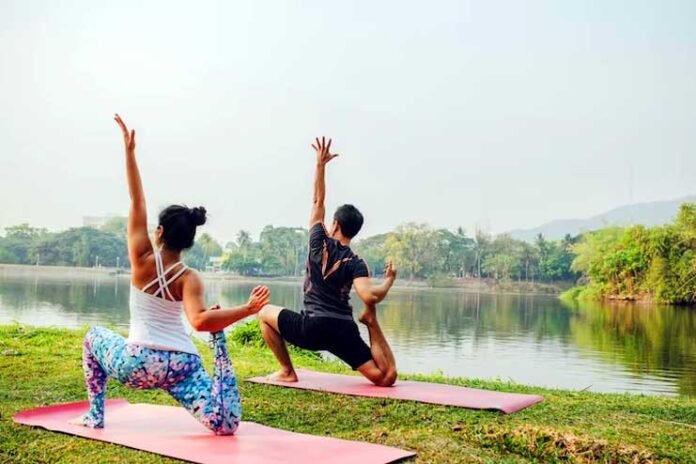Affiliate Disclaimer
Some links in this article are affiliate links. We may earn a small commission if you make a purchase through these links, at no extra cost to you. We only recommend products we find useful to our readersYoga has seen an extraordinary rise in popularity in the fitness industry in recent years, drawing practitioners worldwide. This phenomenon is characterized by a notable increase in practitioners and a wide variety of yoga styles that may be customized to suit individual preferences. The amalgamation of antiquated customs with contemporary health-conscious sensibilities has been a significant factor in drawing people from many backgrounds.
This article examines the six strong arguments that clarify why yoga has emerged as a critical component of modern fitness, revolutionizing people’s physical and mental health perspectives.
1. Mind-Body Connection
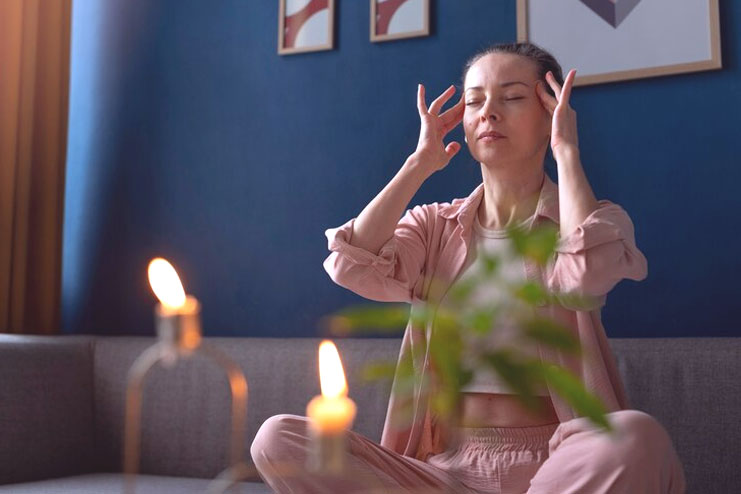

Stress Reduction and Mental Clarity: In the busy world of modern existence, yoga’s deep concentration on the mind-body connection is a light for stress relief and mental clarity. Yoga creates a calm environment for practitioners to relax and release stored tension by coordinating breath and movement. Yoga’s intentional mindfulness practice helps people become more aware of the present moment, which promotes mental clarity and lessens the stress of a busy lifestyle.
Yoga, which emphasizes relaxation and awareness, reduces stress. People can combat stress and harmonize their bodies, minds, and breaths by practicing yoga. Intentional breathing techniques relax and regulate the body’s stress reaction. Yoga calms the mind and body with intentional movements and positions. Yoga’s holistic approach to stress reduction focuses on body, mind, and breath, helping to reduce stress symptoms and build a resilient, centered sense of well-being. Yoga provides a refuge where daily stress can be released and balance and quiet restored.
Regarding the decrease of stress, yoga is a healing haven. Asanas, or physical postures, breathwork, and meditation, are intentionally combined to provide practitioners the resilience to face life’s obstacles head-on. When practicing yoga, the steady flow of breath activates the parasympathetic nervous system, promoting relaxation and lessening the negative consequences of long-term stress. This deliberate alignment of breath and movement becomes a potent instrument for mental renewal and provides a physical release.
Also, yoga has a transforming effect on brain clarity. Distractions vanish as the mind concentrates on the here and now, and practitioners feel more aware of their surroundings. Beyond the yoga mat, this improved mental clarity benefits decision-making, problem-solving, and general cognitive performance. Stress evaporates, confusion clears, and a deep sense of peace arises in the crucible of a yoga practice, demonstrating the tremendous effect of yoga on the complex interaction between the mind and body.
Related Article: 10 Yoga Poses for Heart Health – Get that Blood Flowing Properly
2. Physical Benefits
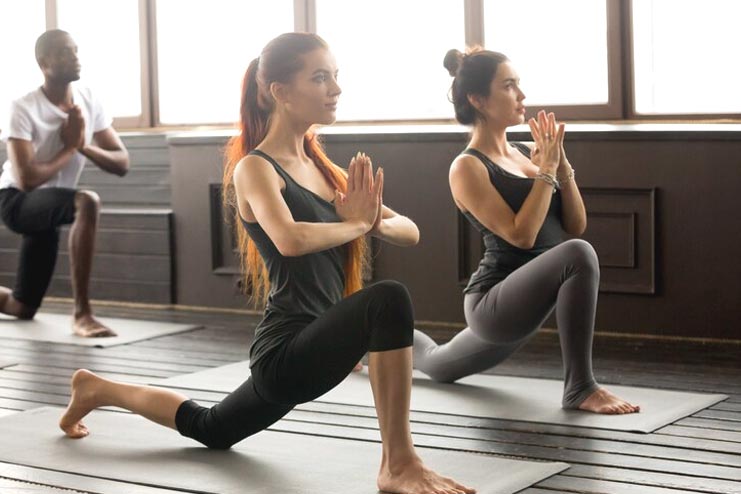

Flexibility and Balance Enhancement: Renowned for its all-encompassing approach to health, yoga provides a path to increased balance and flexibility. The wide variety of yoga asanas, or poses, lengthens and stretches muscles, progressively increasing the range of motion available to the body. People who practice regularly report feeling more flexible because their bodies can adjust to different types of exercises. In addition, yoga’s emphasis on balance develops stability through activating the core muscles and improving proprioception. Your muscles are stretched during yoga positions. They can facilitate improved movement and lessen fatigue and stiffness.
Yoga benefits practitioners quickly, regardless of level. Flexibility can rise by 35% in eight weeks, according to research. Yoga transforms by meticulously improving the body’s physical skills. Gentle transitions between postures, like the warrior stance and the tree pose, create a beautiful blend of flexibility and strength. Yoga’s emphasis on flexibility and strength helps build a robust and balanced body. This holistic approach enhances the practice and empowers people to move more quickly, agilely, and resiliently in daily life. Yoga practitioners can expect steady physical benefits, building a robust and graceful physique.
Strength and Muscle Toning: Yoga is a powerful force in strength and muscle training, even beyond its reputation for tranquility. Sustained muscle engagement is necessary to hold yoga poses, which turns deceptively peaceful poses into effective workouts. Major muscle groups are engaged in asanas, including the plank, downward dog, and chaturanga, which promote strength development throughout the body. Many yoga postures demand you to bear your body weight in challenging ways, such as downward dog, where you must balance on one leg, or tree pose, where you must support yourself with your arms. Maintaining these yoga poses improves muscle blood flow, increasing strength, stamina, and balance. These poses’ isometric qualities help to develop lean muscle mass and muscle endurance, shaping the body to mirror the strength developed from the skillful practice of yoga.
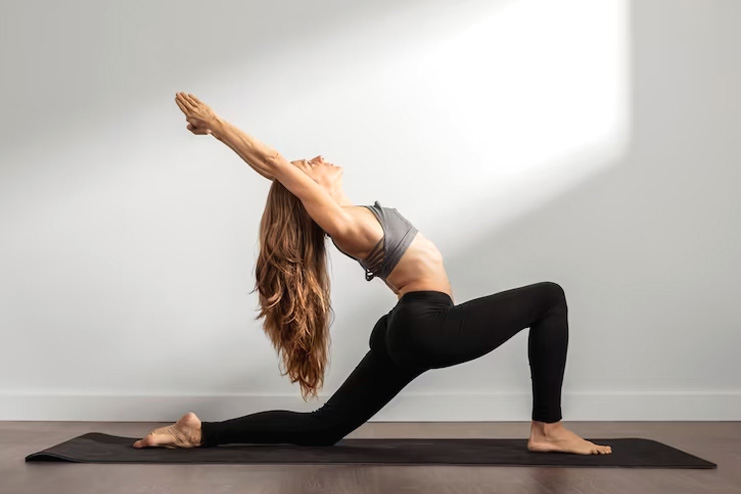

Pain Alleviation and Injury Prevention: Yoga is a healing salve for the body, strengthening barriers against possible harm and relieving chronic discomfort. One of the ways that yoga poses help to alleviate the tension in the muscles and joints is by purposefully using stretching and gentle motions. Thus, common causes of discomfort, including tightness and stiffness, are relieved. In addition, yoga’s focus on alignment and body awareness lowers the risk of injury by encouraging conscious movement. Yoga’s ability to create a link between movement, breath, and the body’s inherent mechanics makes it an effective tool for preventing injuries, emphasizing the practice’s importance as a whole physical wellness regimen.
Related Article: Best Yoga at Your Desk – 10 Convenient Office Yoga Poses
3. Health and Wellness
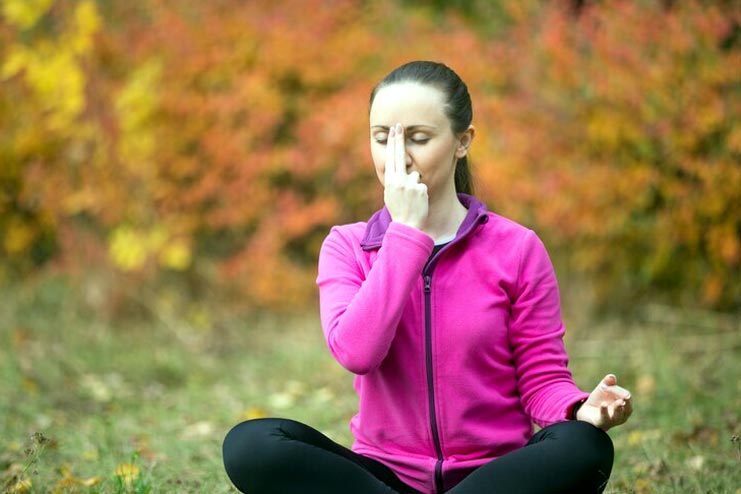

Improves Respiratory Health: Yoga’s profound influence on respiratory health stems from its emphasis on mindful breathing practices. Pranayama, a transformative technique of controlled breathing that serves as a strong catalyst for increasing lung capacity, is the foundation of yoga practice. By employing methods like deep diaphragmatic breathing and alternate nostril breathing, practitioners can enhance their breathing and promote a more effective exchange of oxygen in the lungs.
This methodical technique fortifies the respiratory system and acts as a doorway to serenity. Breathing regularly and mindfully opens channels for developing calm and mindfulness, establishing a positive relationship between mental health and breathing. In addition to strengthening their respiratory health, pranayama practitioners set out to harness the transforming potential of conscious breathing, which promotes a calm and balanced state of being.
Heart Health and Blood Circulation: Yoga protects cardiovascular health by promoting a mutually beneficial interaction between the heart and general well-being. Yoga poses and deliberate breathing creates a dynamic interaction that awakens the circulatory system. Poses that increase blood flow, such as fish and cobra, support good circulation throughout the body. Movement and breath control work together to control the blood pressure and lower risk of cardiovascular problems. Yoga becomes a cardiovascular ally, strengthening the heart and enhancing blood flow to promote long-term energy.
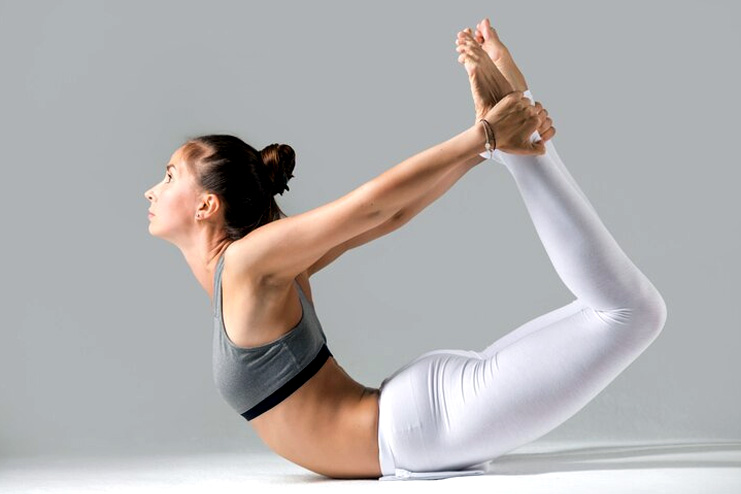

Supports Mental Health and Emotional Well-being: Beyond the physical sphere, yoga’s comprehensive advantages encompass mental well-being and emotional balance. Yoga is a potent technique for stress, anxiety, and depression management because it unites movement, breathing, and mindfulness. Whether through conscious movement or guided meditation, the contemplative elements of yoga practice help to create a calm and peaceful mental environment.
It promotes emotional well-being and provides a comprehensive approach to mental health when combined with producing endorphins during physical activity. Yoga’s capacity to lower cortisol levels—a hormone linked to stress—emphasizes its transformative potential as a discipline that uplifts the mind and soul and nourishes the body.
Related Article: 11 Best Yoga Bolster Experience Comfort
4. Adaptability and Inclusivity
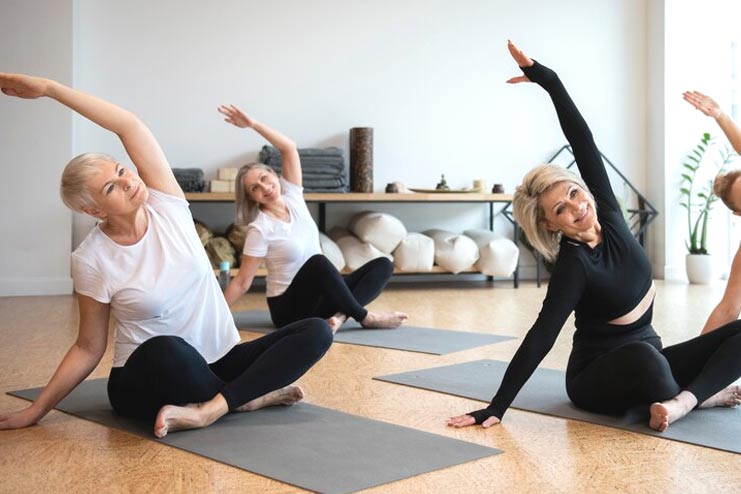

Accessibility for All Ages and Fitness Levels: Yoga’s intrinsic flexibility is one of its most impressive features; it’s an inclusive practice that people of all ages and fitness levels can do. Yoga’s adaptability comes from its many poses and variations, enabling practitioners to customize their practice to fit their needs and capabilities. For anyone looking to start the journey towards their physical and emotional well-being, yoga provides a peaceful starting place, regardless of age, experience level, or lack thereof. Yoga’s adjustable poses allow practitioners to advance at their rate, creating a welcoming atmosphere that welcomes people of all ages and fitness levels.
Versatility in Practice Styles and Settings: The diversity of practice approaches offered by yoga demonstrates its inclusivity by guaranteeing a suitable method for every individual. Yoga’s range of styles, from Vinyasa’s energetic flow to Yin’s contemplative stillness, accommodates a variety of goals and tastes. Furthermore, yoga practitioners welcome the flexibility to practice in various environments, demonstrating the discipline’s versatility outside of a studio. Yoga’s portability makes it easy to incorporate into daily life, whether in a busy city, a calm park, or a quiet room at home. This flexibility fits different lifestyles and supports yoga’s status as a widely available technique for promoting well-being, regardless of one’s environment or situation.
Related Article: Yoga for Brain Power – 10 Poses to Boost Your Memory and Willpower
Conclusion: Embracing Yoga for Holistic Fitness


There’s no denying yoga’s significant effects on overall health and well-being. Beyond traditional exercise regimens, yoga promotes mental clarity, emotional resilience, and increased strength and flexibility. It provides a path of transformation that unifies mental, emotional, and physical components while encouraging a state of harmonious equilibrium. In the face of the intricacies of contemporary existence, practicing yoga becomes an enduring source of health and energy.
I invite readers to take this enlightening trip and discover yoga’s many advantages to body, mind, and soul. By including yoga as a mainstay in your exercise regimen, you set yourself up for a more colorful, harmonious, and satisfying life.
Reference
https://www.ncbi.nlm.nih.gov/pmc/articles/PMC3193654/#:~:text=%5B18%5D%20Yoga%20encourages%20one%20to,system%20and%20the%20relaxation%20response.
https://kidshealth.org/en/teens/yoga-stress.html#:~:text=Yoga%20can%20help%20reduce%20stress,%2C%20and%20you%20shouldn’t!
https://www.healthline.com/health/fitness/yoga-for-stress
https://www.webmd.com/balance/the-health-benefits-of-yoga
https://greatist.com/fitness/yoga-for-flexibility
https://yogauonline.com/yoga-practice-teaching-tips/yoga-practice-tips/why-and-how-to-activate-your-muscles-in-yoga-poses/#:~:text=Gently%20relax%20and%20then%20firm,biceps%20toward%20to%20the%20bone.
https://aaptiv.com/magazine/build-muscle-with-yoga/
https://agility-ortho.com/2022/10/26/yoga-and-orthopaedic-injury-prevention/
https://painhealth.csse.uwa.edu.au/pain-module/yoga/#:~:text=It%20might%20also%20work%20by,our%20sense%20of%20self%20control.
https://www.hindustantimes.com/lifestyle/health/yoga-for-lungs-5-best-exercises-to-improve-your-lung-capacity-101667289020880.html
https://www.hopkinsmedicine.org/health/wellness-and-prevention/the-yoga-heart-connection#:~:text=Yoga%20as%20a%20Stress%20Outlet,arteries%20and%20increase%20blood%20pressure.
https://www.webmd.com/balance/benefits-of-yoga-for-mental-health
https://osteopathic.org/what-is-osteopathic-medicine/benefits-of-yoga/#:~:text=Yoga’s%20incorporation%20of%20meditation%20and,Nevins.
https://www.outlookindia.com/website/story/opinion-benefits-of-yoga-for-different-age-groups-especially-during-covid-times/385649
https://yogateachers.training/what-is-the-minimum-and-maximum-age-for-yoga-practice/#:~:text=There%20is%20no%20age%20for,%2C%20overthinking%2C%20and%20much%20more.
https://www.mindbodygreen.com/articles/the-11-major-types-of-yoga-explained-simply
https://www.theguardian.com/lifeandstyle/2014/jan/10/yoga-beginners-guide-different-styles



























